Water Goals
We need to become wise water investors before our water supply is depleted in 40 years
Goal #1: Conserve Water
Where does our water come from?
The Rio Grande and two aquifers
We use water from the Rio Grande for agriculture, but the river is drying up more frequently because of climate change and increasing demand. Our two underground aquifers are salty "fossil" reserves that don't significantly recharge with rain water. Once our aquifers are depleted, they won’t replenish.

Our Water Supply

El Paso uses 249 million gallons of water per day. Where does it go?
Mostly agriculture and landscaping
We spend 80% of our water on agriculture and landscaping. Over half our water is spent on agriculture, so that raises questions like “What are we growing?”, “Do we grow food for El Paso?”, and “How many farm jobs are in El Paso?”
Landscaping provides shade and helps reduce temperatures in urban areas, but once water evaporates it doesn't return to our aquifers. It’s important to realize that farms and landscaping with non-native plant species will not survive once our water supply is depleted.
Our Water Use
Total 249 million gallons of water per day

Goal #2: Preserve Jobs
What do farmers grow in El Paso?
Mostly pecans, cotton, and alfalfa
Currently 94% of farmland is used to grow water-intensive cash crops that are exported from El Paso with an average market value of $1,118 per acre. Less than 1% of farmland is used to grow vegetables with a market value of $5,492 per acre.
Water-intensive crops also have lower income returns per gallon of water that we spend. We can support farmers by helping them switch to water-efficient and high-income crops like vegetables and native plants before our water supply and all farms disappear from El Paso.
Types of Crops
Total 30,318 acres harvested

Crop Water Use & Income


How common are farm jobs in El Paso?
39% of jobs are office, healthcare, or sales jobs— 0.04% are farm jobs
If we deplete our water supply, then we risk losing more than just all farm jobs in El Paso. Higher temperatures and rising municipal water costs will threaten all of El Paso’s 301,100 jobs across all industries.
We need to find ways of reducing the water demands of agriculture in El Paso. Using 54% of El Paso’s limited water to grow cash crops that don’t feed El Paso and directly provide only 0.04% of total jobs.
Types of Jobs

Native Plants
We’re surrounded by native food, medicine, and textiles that grow with just rainfall
Mesquite
Food + Landscaping
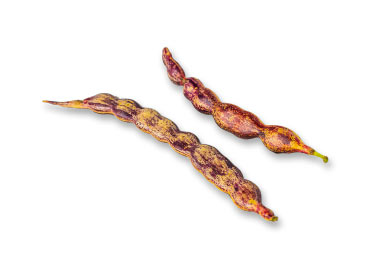 Mesquite beans can be roasted and ground into a sweet, nutty flour that is high in protein, fiber, and antioxidants. This flour can be added to baked goods and smoothies, or turned into a sweet syrup. Mesquite roots can extend 45 feet down and fix nitrogen fertilizer in the soil like other legumes.
Mesquite beans can be roasted and ground into a sweet, nutty flour that is high in protein, fiber, and antioxidants. This flour can be added to baked goods and smoothies, or turned into a sweet syrup. Mesquite roots can extend 45 feet down and fix nitrogen fertilizer in the soil like other legumes.
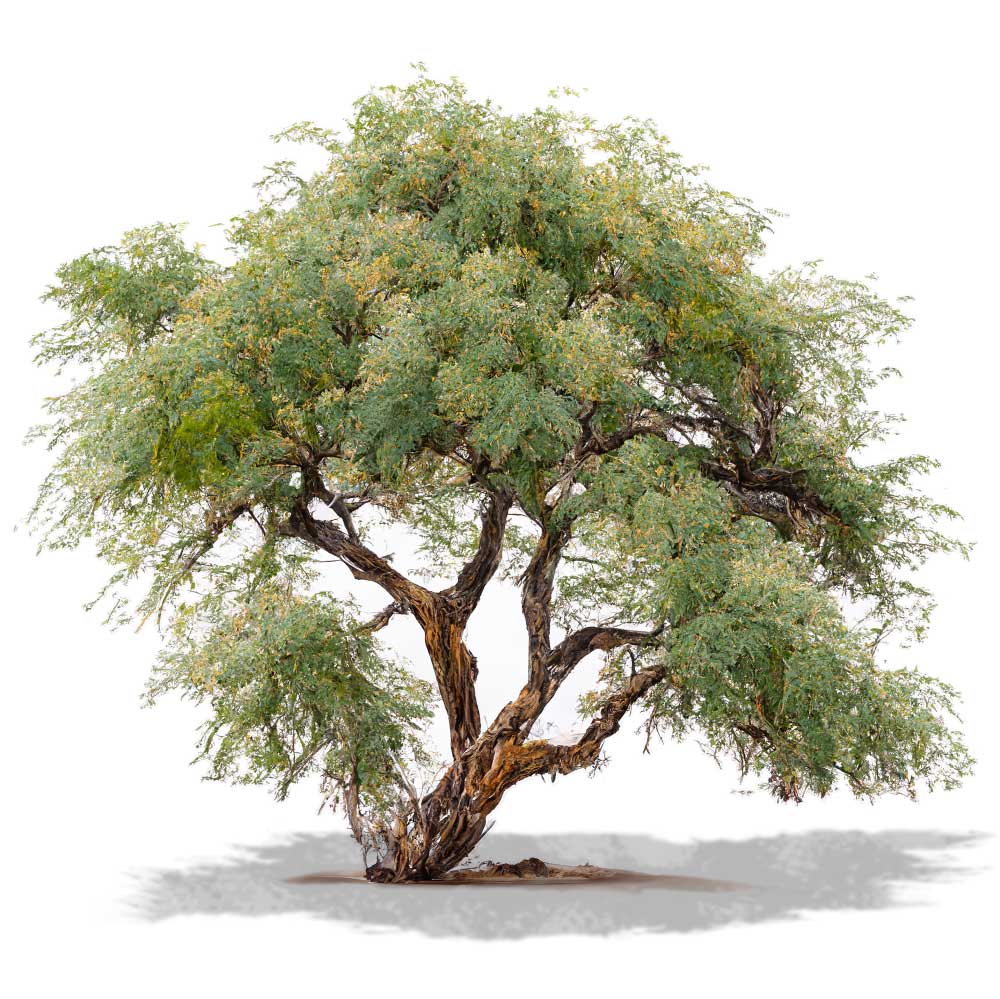
- High in protein
- Great shade
Creosote
Disinfectant + Fragrance
Creosote leaves have a strong, distinctive scent and contain anti-microbial compounds. In traditional medicine, creosote has been used to treat a variety of ailments, including colds, coughs, and skin irritations.
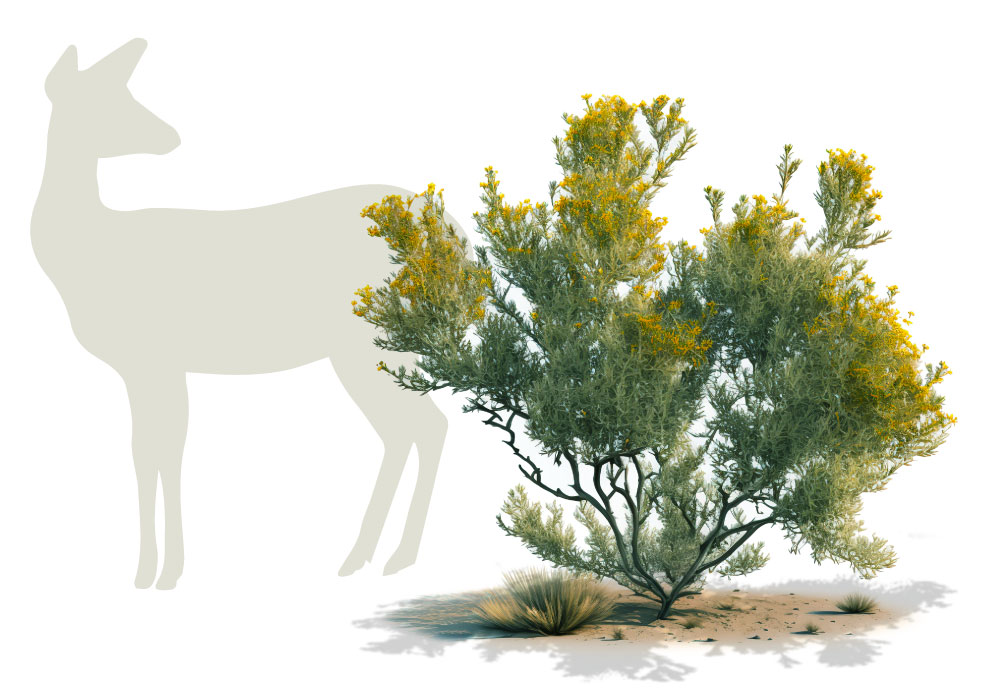
- Can live over 10,000 years
- Anti-fungal and anti-microbial
Palo Verde
Food + Landscaping
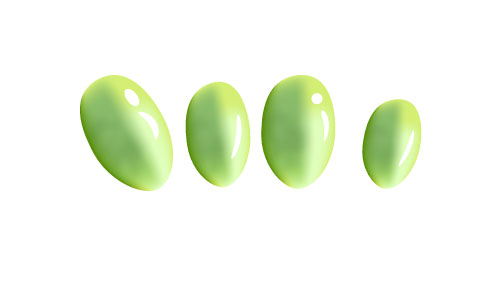 Palo verde’s ripe green beans can be eaten raw, cooked like pinto beans, or ground into flour. Their yellow flowers are edible, and can also be used to make a red dye. Like all legumes, palo verde fixes nitrogen into the soil to help it grow without fertilizer.
Palo verde’s ripe green beans can be eaten raw, cooked like pinto beans, or ground into flour. Their yellow flowers are edible, and can also be used to make a red dye. Like all legumes, palo verde fixes nitrogen into the soil to help it grow without fertilizer.
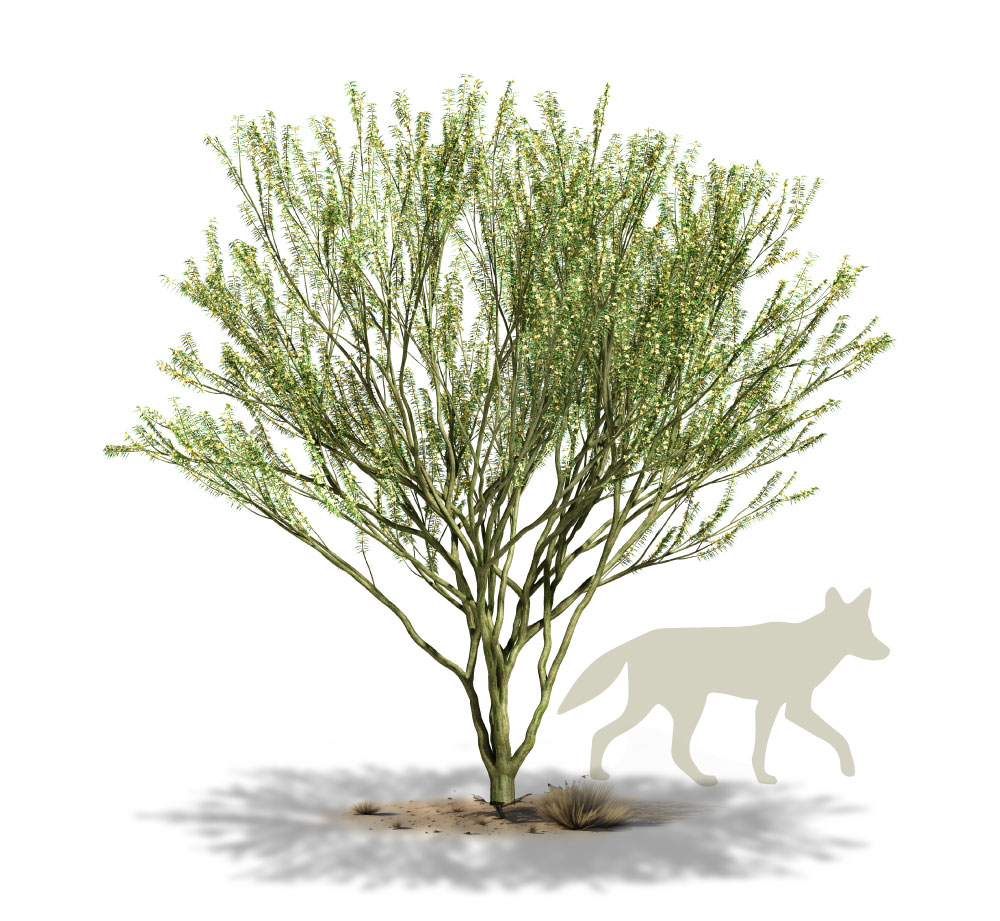
- Extremely drought-tolerant
- High in protein
Yucca
Soap + Food
Not to be confused with yuca or cassava, the roots of the yucca cactus contain saponins, which are natural surfactants that can be used to make soap. Yucca soap is gentle on the skin and has a pleasant, earthy scent. Yucca cactus flowers and fruit are high in antioxidants and can be eaten raw or cooked.
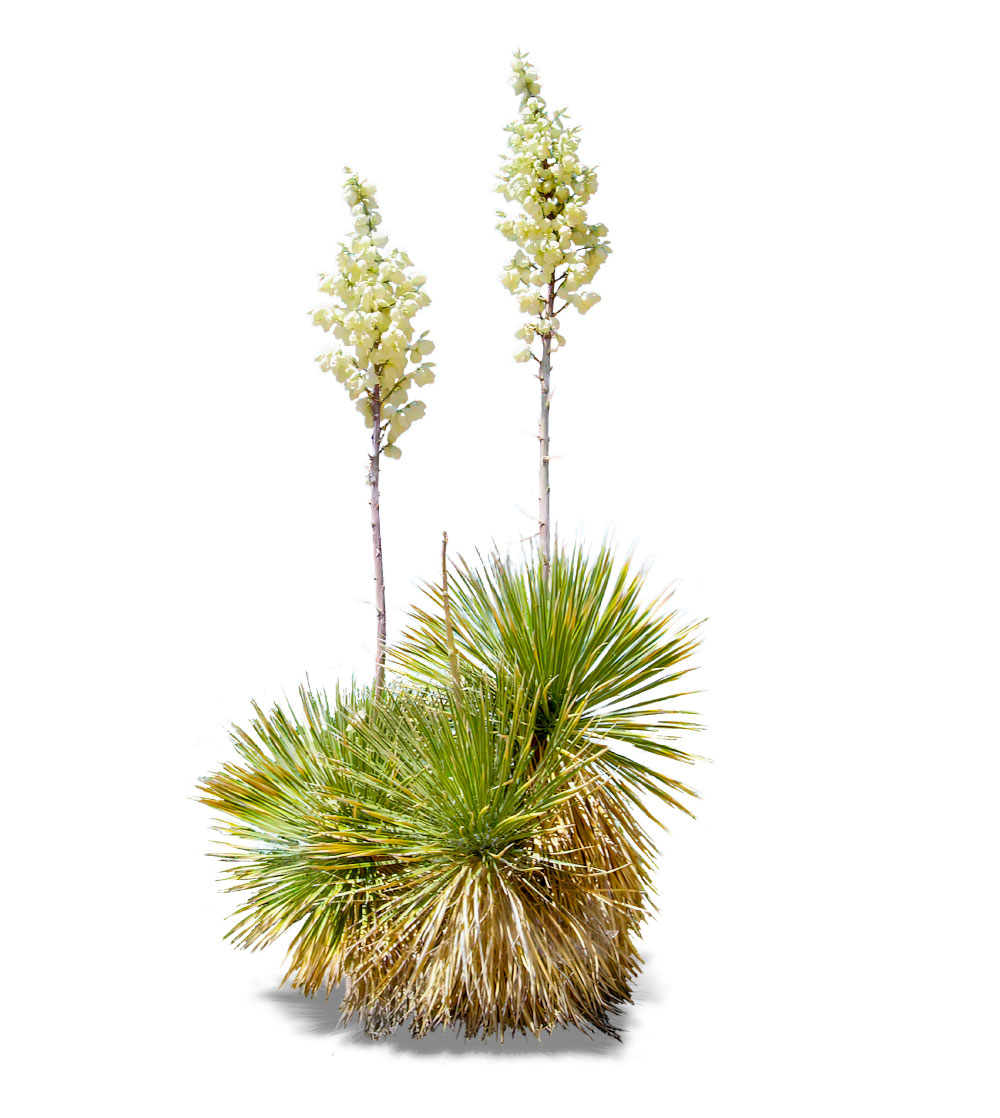
- Makes great soap and detergent
- Great material for weaving
Canutillo
Medicine + Stimulant
Canutillo is also known Spanish broom or ephedra. Its twigs and leaves were traditionally used by Native American communities to dye baskets, mats, and other woven goods. A stimulating yellow tea is made by boiling a handful of the thin green twigs, and it’s a mild decongestant.
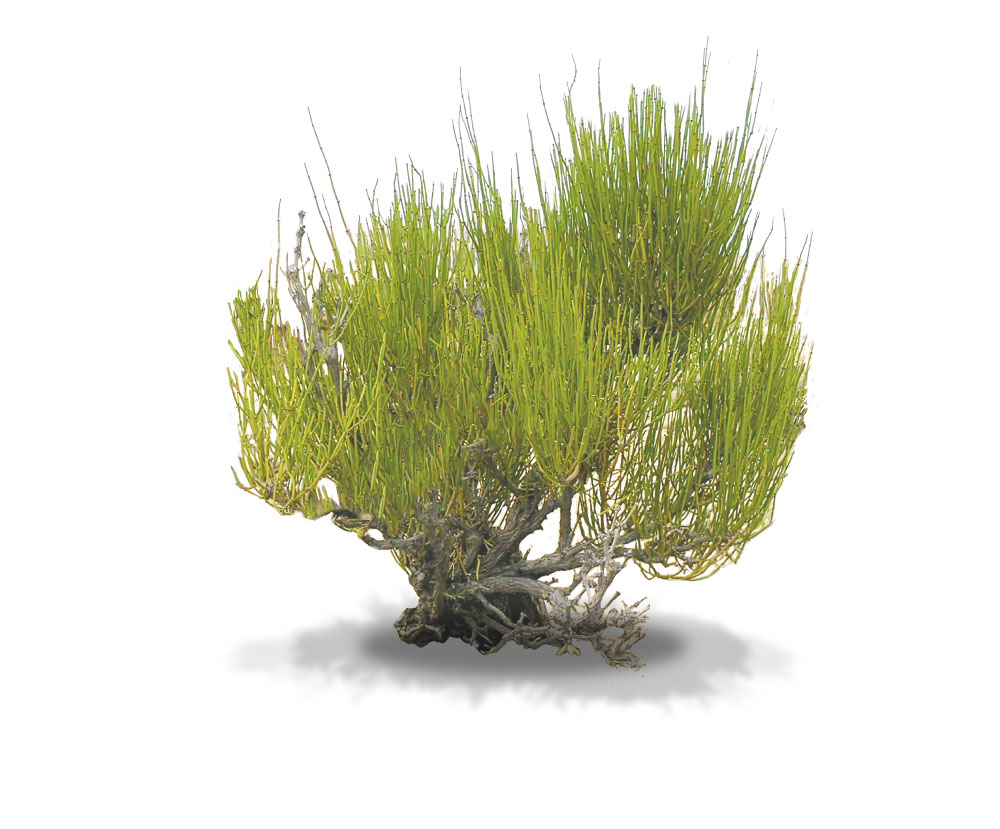
- Mild decongestant
- Try canutillo tea instead of coffee
Purslane
Food + landscaping
Purslane is a small succulent that has thick, fleshy leaves and small yellow flowers. The tart and tangy leaves can be added to salads or cooked like spinach. Purslane is higher in omega-3 fatty acids than any other leafy green, and it’s loaded with vitamin A, vitamin C, and iron.
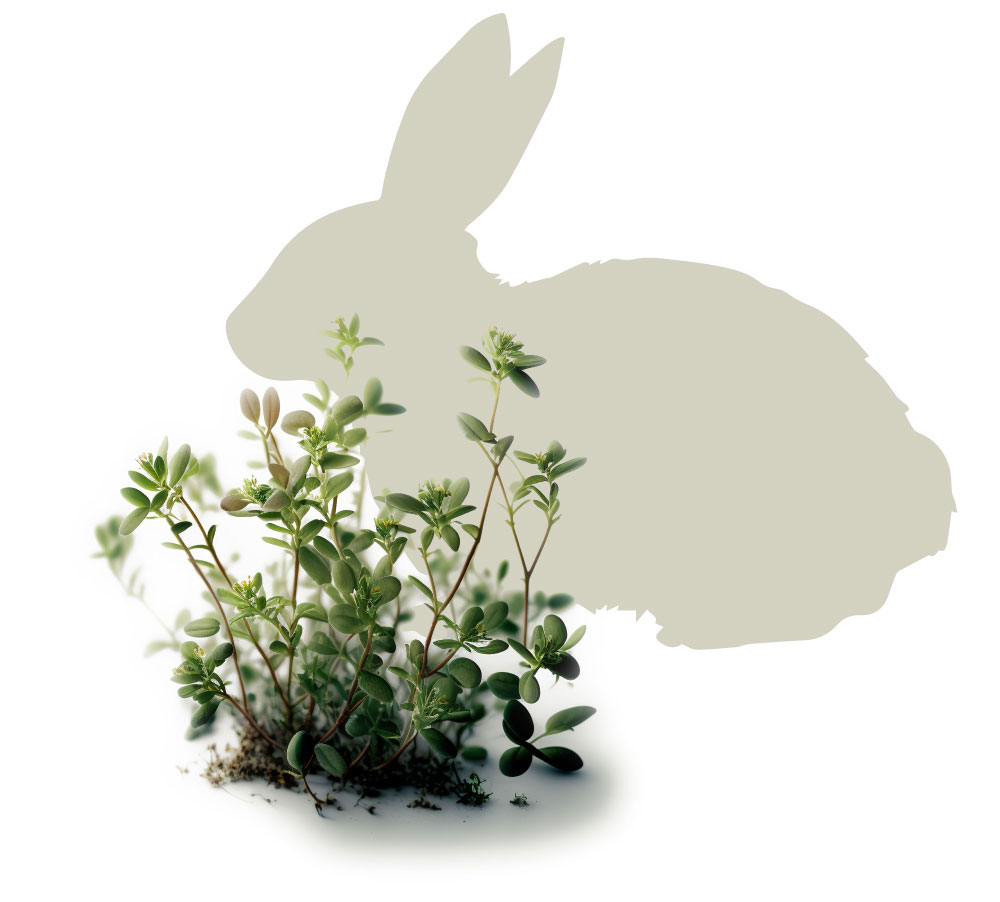
- Has more omega-3’s than any leafy green
- Extremely easy to grow
Nopal
Food + Textiles
Eat up! You can order nopalitos at any Mexican restaurant in El Paso, and they have been studied for their anti-diabetic properties. Nopal’s red tuna fruit can be made into sweet and sour jam, juice, or sorbet. The fibrous nopal pads can also be turned into a leather alternative to make shoes, jackets, and purses.
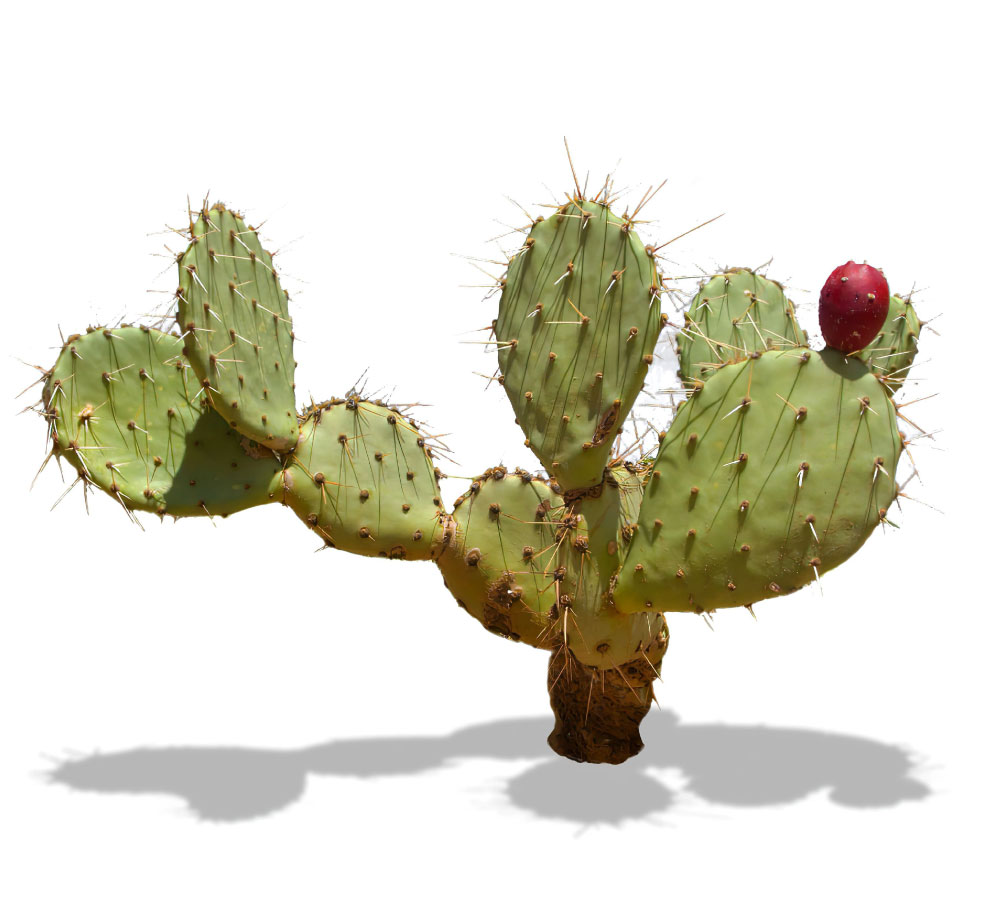
- Proven anti-diabetic properties
- Durable leather alternative
Amaranth
Food
Amaranth was a staple food of many indigenous communities. The bountiful seeds are high in protein, iron, and other nutrients, and can be cooked and eaten like a grain. Amaranth can be used to make porridge, bread, or even popped like popcorn. The leaves can also be used in salads or cooked like spinach.
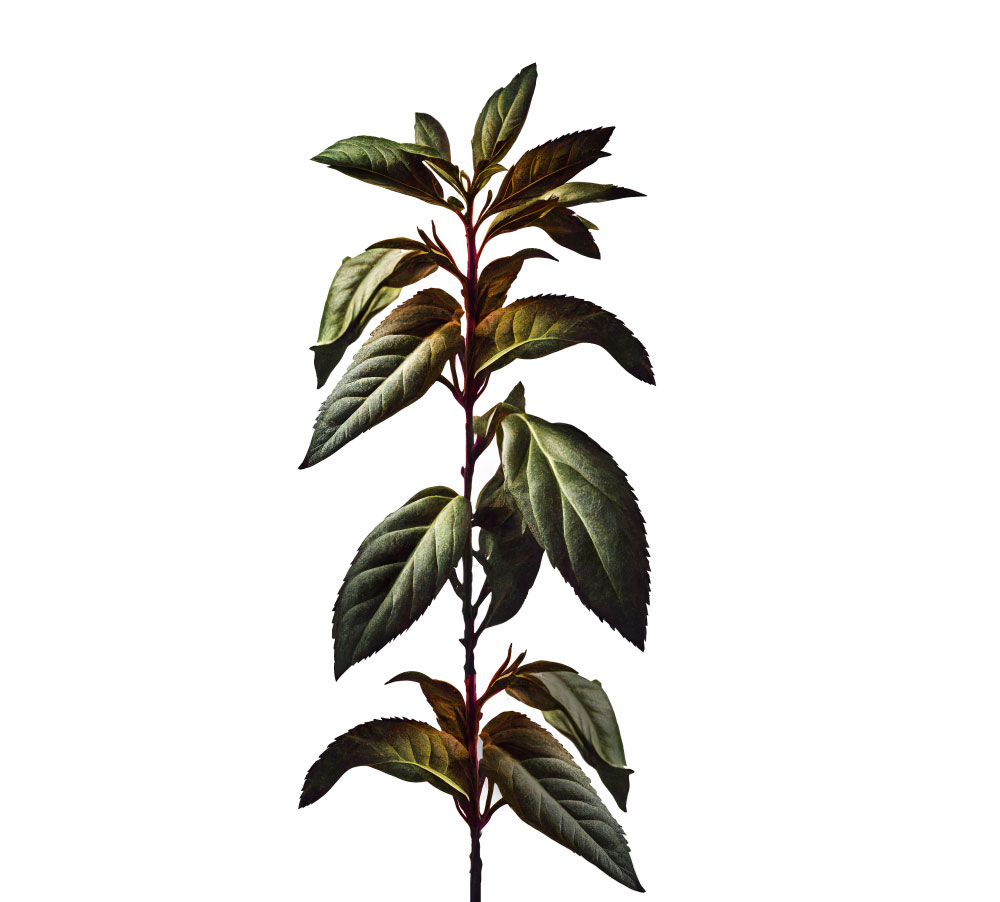
- Leaves have more protein and calcium than spinach
- Seeds have more iron and protein than quinoa
Future Growth
Let’s imagine a resilient urban landscape and economy to build together
Native Plant Farms
Native plants farms can be established on inexpensive desert land far from the Rio Grande valley. Rainwater collectors, solar panels, and wind turbines can allow the farms to run off the grid.
Perennials like nopal, mesquite, and palo verde can be harvested multiple times a year-- all without any irrigation from the Rio Grand or aquifers.
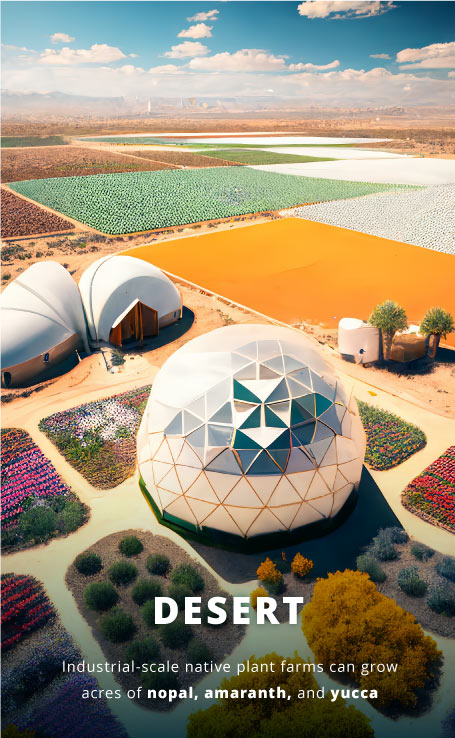
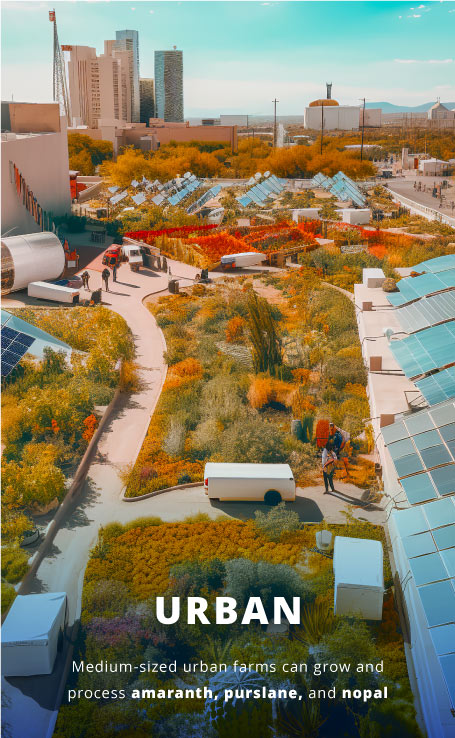
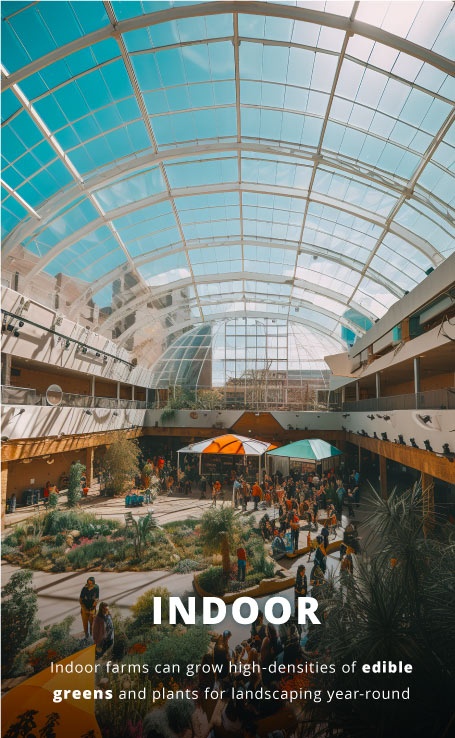
Native Plant Products
Nopal cactus farms alone can provide food, dyes, and even textiles for local industries. Desserto is a Mexican company that recently innovated a process that turns nopal into a durable and affordable leather alternative.
Nopal leather shoes, purses, and boxing gloves are already on the market. Other native plants can be turned into body care, hair care, teas, flours, and juices.

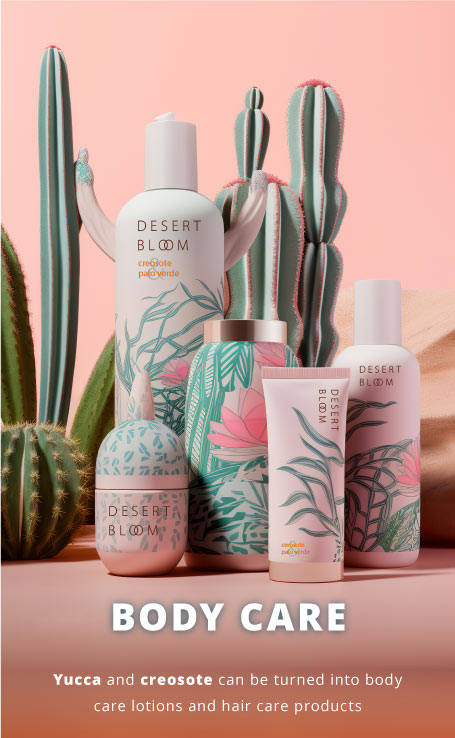
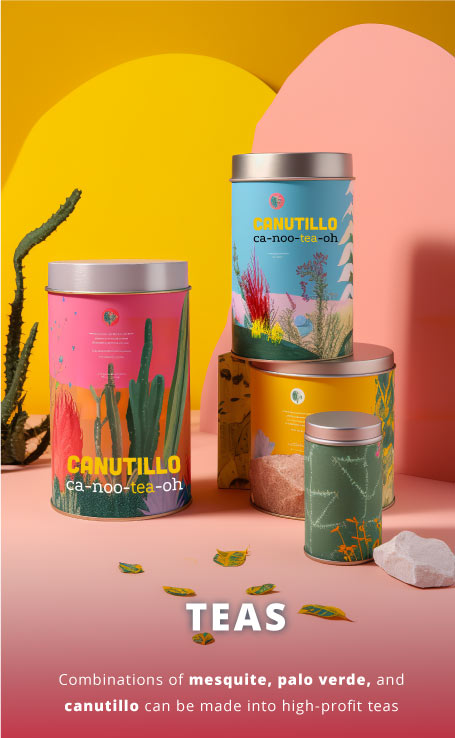
Native Plant Landscapes
Neighborhoods without sufficient greenery retain heat in the summer and experience higher temperatures, even at night. We can transform downtown, neighborhoods, and yards with native trees and native ground cover.
Take a walk from downtown El Paso to UTEP on a summer evening, and you’ll notice how the beautiful native plants on campus provide shade, cooling, and colorful relief from monotonous urban asphalt.
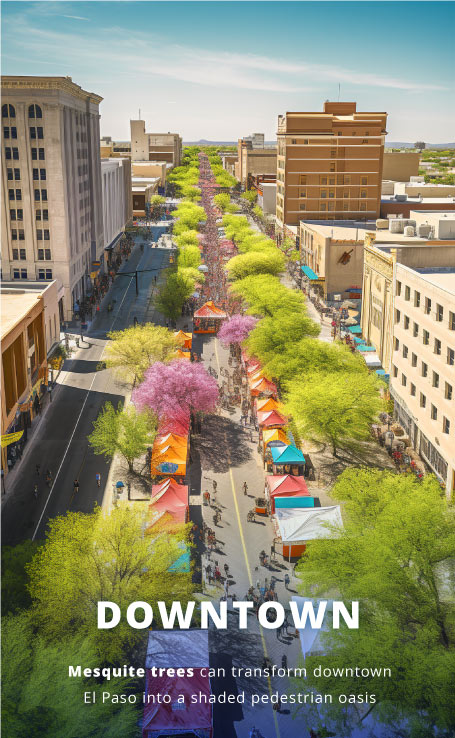
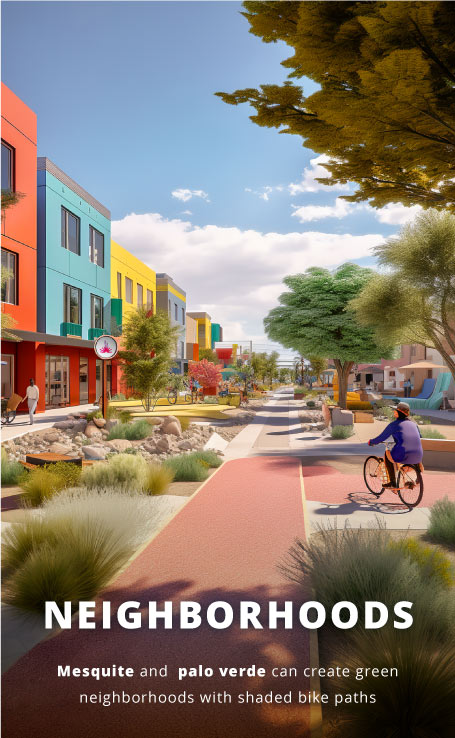

Be A Leader
El Paso needs your help to research and build solutions that will preserve our water
Research
Native plants farms can be established on inexpensive desert land far from the Rio Grande valley. Rainwater collectors, solar panels, and wind turbines can allow the farms to run off the grid.
Perennials like nopal, mesquite, and palo verde can be harvested multiple times a year-- all without any irrigation from the Rio Grand or aquifers.



Native Plant Products
Nopal cactus farms alone can provide food, dyes, and even textiles for local industries. Desserto is a Mexican company that recently innovated a process that turns nopal into a durable and affordable leather alternative.
Nopal leather shoes, purses, and boxing gloves are already on the market. Other native plants can be turned into body care, hair care, teas, flours, and juices.



Native Plant Landscapes
Neighborhoods without sufficient greenery retain heat in the summer and experience higher temperatures, even at night. We can transform downtown, neighborhoods, and yards with native trees and native ground cover.
Take a walk from downtown El Paso to UTEP on a summer evening, and you’ll notice how the beautiful native plants on campus provide shade, cooling, and colorful relief from monotonous urban asphalt.







